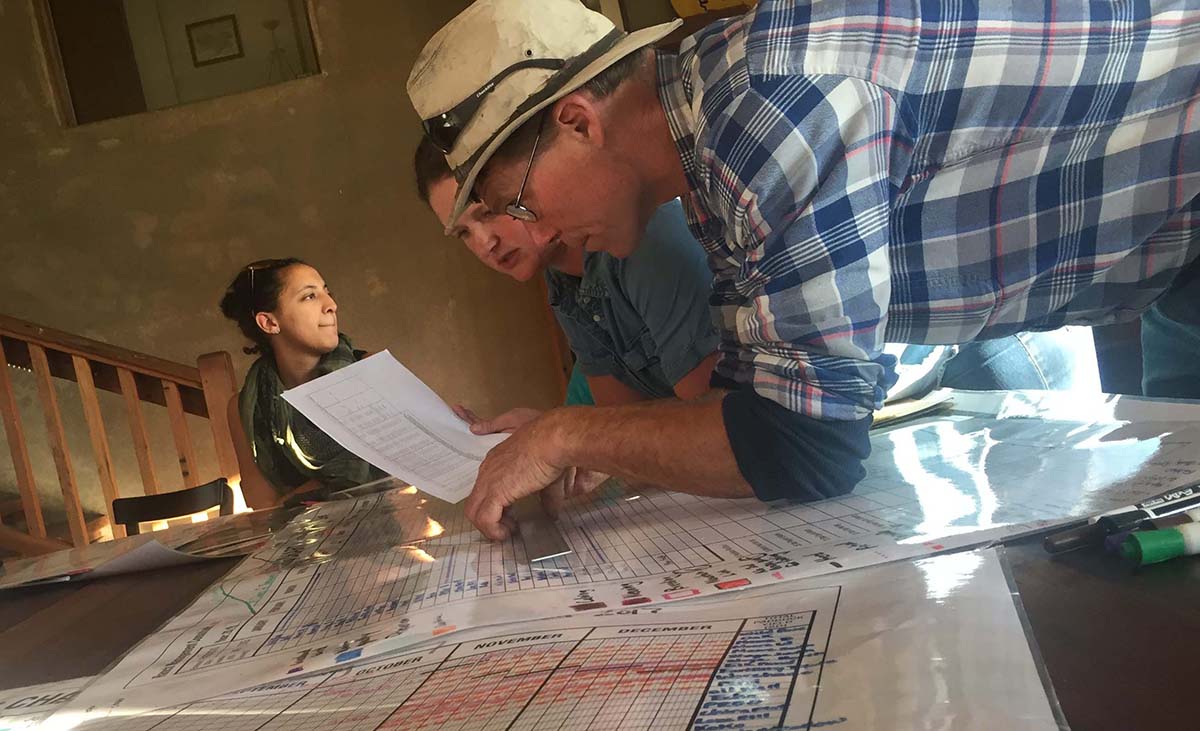Each year, the Land and Livestock Team sits down with colleagues from Point Blue Conservation Science to determine the next year’s grazing plan. Grazing planning allows us to develop a comprehensive plan on how to achieve our diverse set of goals including healthy cattle, wildlife, soil, water, plants and even visitors and staff.
Grazing Plan for 2018

Each year, the Land and Livestock Team sits down with colleagues from Point Blue Conservation Science to determine the next year’s grazing plan. Grazing planning allows us to develop a comprehensive plan on how to achieve our diverse set of goals including healthy cattle, wildlife, soil, water, plants and even visitors and staff.
The plan informs how we increase photosynthesis, build soil, raise cattle, and even educate visitors in ways that benefit habitat and wildlife. For example, our plan documents how we will avoid grazing cattle on the west side of the ranch during grassland bird nesting season to protect the bird’s delicate nests. As it turns out, protecting the nests also helps us achieve our grazing goals since the perennial grasses on the west side do best when grazed heavily in the winter and rested the rest of the year. As the grasses are grazed by cattle as they are moved to different pastures around the ranch, their roots recede to power leaf growth. Different species of grass plants do better with different types of management thus the timing of grazing is of the essence to maximize photosynthesis for all the different species. Managing as we do requires an adaptive approach to the dynamic landscape and weather of the California coast. Our grazing plan allows us to ask “what if?” to be sure we maintain an open and adaptive mindset.
This is our 5th year developing a ranch-wide grazing plan. After a few hours of discussing our goals and concerns for the upcoming year, the Grazing Plan outlines where we want to go and serves as a reminder of the ideas and goals that we strive for. That said, as adaptive managers of a diverse and changing system, we expect to deviate from our plan as weather, animal, or land performance dictates to achieve our goals. The plan documents and illustrates our vision and we enjoy sharing it with visitors and other producers so they can see how we plan for multiple goals each year.